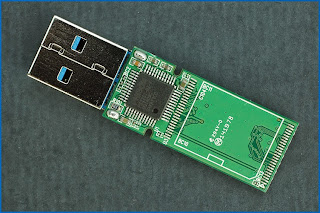How to create a bootable USB stick on OS X
We would encourage Mac users to download Ubuntu Desktop Edition by burning a CD. But if you prefer to use a USB stick, please follow the instructions below. Note: this procedure requires that you create an .img file from the .iso file you download. It will also change the filesystem that is on the USB stick to make it bootable, so backup all data before continuing. Tip: Drag and drop a file from Finder to Terminal to 'paste' the full path without risking typing errors. 1 Download Ubuntu Desktop 2 Open the Terminal (in /Applications/Utilities/ or query Terminal in Spotlight). 3 Convert the .iso file to .img using the convert option of hdiutil e.g., hdiutil convert -format UDRW -o ~/path/to/target.img ~/path/to/ubuntu.iso Note: OS X tends to put the .dmg ending on the output file automatically. 4 Run diskutil list to get the current list of devices. 5 Insert your flash media. 6 Run diskutil list again and determine the device node
